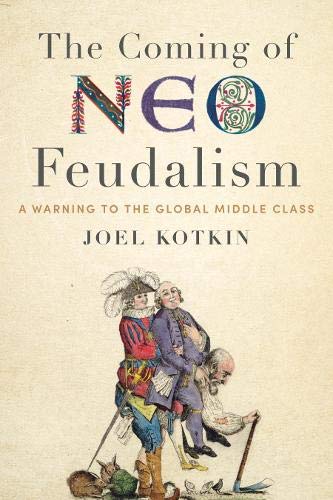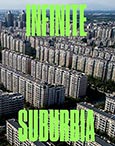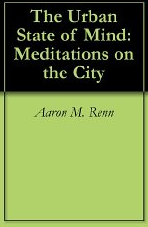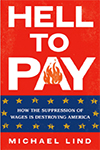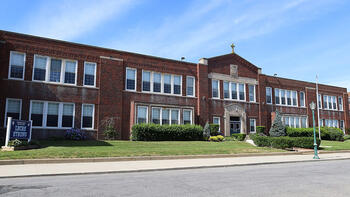
In my book Life in the Negative World, I noted that unlike minority groups, American white Protestants had not found it necessary to create their own social institutions to sustain their religion and way of life because the mainstream institutions of society were de facto already designed around that.
As America has secularized, and these institutions have become explicitly de-Christianized or otherwise reoriented to other ends, it becomes incumbent on evangelicals to build their own infrastructure.
I suggested that one potential source of inspiration could be early 20th century Catholicism. America was basically an anti-Catholic country prior to World War II. Catholics of that era were also large in number and heterogeneous in origin. This makes them a better fit than looking at more niche minority groups.
I’ve been reading a new book called Crabgrass Catholicism by Stephen M. Koeth, which is about the suburbanization of Catholics in New York. I’ll be writing a full review of the book, but one thing it provides is a picture of what urban Catholic life looked like in early 20th century America. There’s nothing groundbreaking here, as it’s included mostly to provide the backstory to the author’s primary focus, but it can help us get a sense of what that was like.
Koeth writes:
It was European immigration from the 1820s to the 1850s that first made the US Catholic Church a highly urban and ethnic institution. In an era of rapid urbanization Catholic immigrants built American city life by fusing the neighborhood with the ethnic parish which was dominated by its priests and religious sisters, centered on the church and school, and bound together by its communal worship and devotions. At the same time, these immigrants built an entire parallel Catholic world - what John McGreevy has labeled as Catholic “milieu” - of educational, social, and service institutions to rival Protestant and secular peers….More than any other element of this parallel world, it was the parish school that became the “hallmark of American Catholicism.”
Here we see the creation of parallel institutions. These were fused with particular ethnicities. Catholicism was thus one factor that distinguished these communities as ethnic groups. While there were geographic parishes, there were also many “national” parishes designated for particular ethnic groups. Even within a geographic parish, practices might be heavily inflected by particular ethnic practices. For example, the Irish and Italians approached Catholicism very differently. Different ethnic groups might prefer to venerate their own saints. And so on.
The highly ethnicized nature of these Catholic parishes suggests that evangelical groups could not replicate them precisely. White evangelicals aren’t and do not think of themselves as an ethnic group, and despite what you might hear, evangelical churches are rarely monolithically white, even in the suburbs. Urban evangelical churches are often very diverse.
Read the rest of this piece at Aaron Renn Substack.
Aaron M. Renn is an opinion-leading urban analyst, consultant, speaker and writer on a mission to help America's cities and people thrive and find real success in the 21st century. He focuses on urban, economic development and infrastructure policy in the greater American Midwest. He also regularly contributes to and is cited by national and global media outlets, and his work has appeared in many publications, including the The Guardian, The New York Times and The Washington Post.
Photo: Catholic parish school in Long Beach, New York via Wikimedia, under CC 4.0 License.








